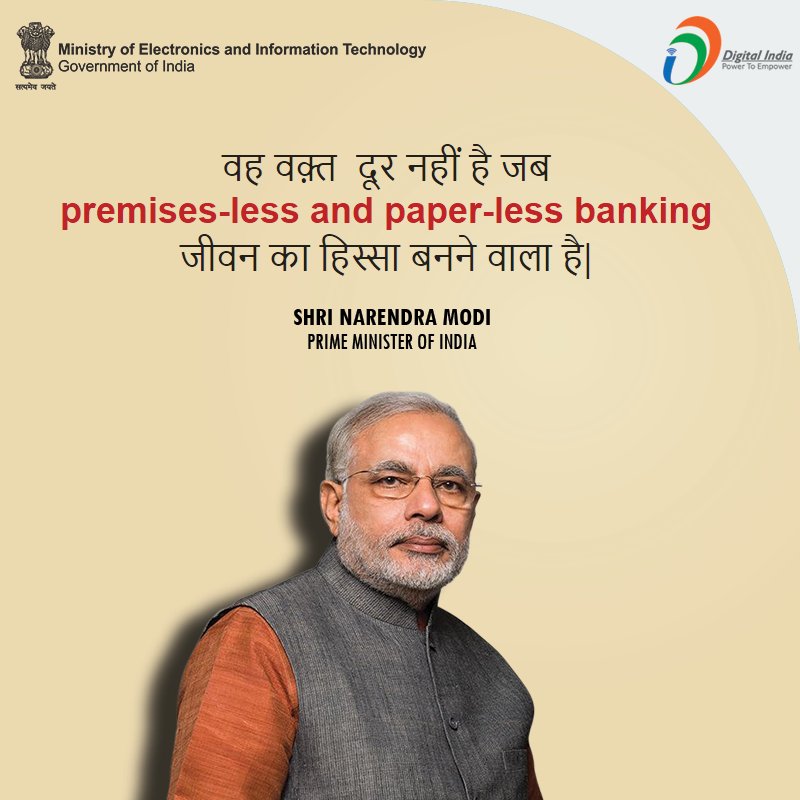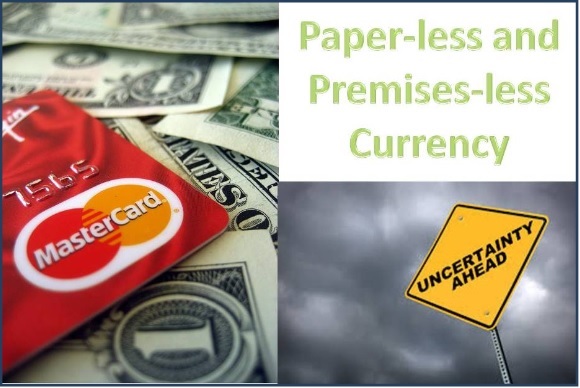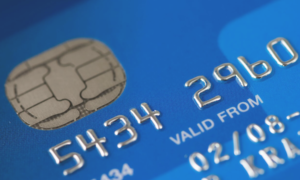It has been close to nine months since demonetization was implemented on November 9, 2016. This move was expected to remove the black money from the market by reducing the amount of physical cash circulating in the system. A direct implication of this was foreseen as a phenomenal increase in the number of online banking transactions and card payments at Point of Sale counters.
In a bid to reduce cash transactions, the finance minister had lowered the legal cash transaction limit from 3 lakh to 2 lakh. The Prime minister and the RBI had been expecting a rapid transition into the premises-less and paperless economy. But has that transition taken place in real time? Let’s look at some information to analyse the success of demonetization in popularising paper-less payment methods.
Reduced digital transactions
According to provisional data released by Reserve Bank of India (RBI) of electronic payments, the total value of digital transactions fell from Rs. 94 lakh crore in November 2016 to Rs. 92.6 lakh crore in February 2017.
Transactions through credit and debit cards, Unstructured Supplementary Service Data (USSD), Unified Payments Interface (UPI), Prepaid Payment Instruments (PPIs), Mobile banking and Internet Banking are included under the purview of digital payments.
The volume of digital transactions had almost doubled to 9580 lakhs in December 2016 from 6720 million in November 2016. However, the volume of digital transactions after December has been declining. The volume of digital transactions achieved in May 2017 stood at 8511 lakhs which is 12% lower than the all-time high of December 2016.
Going Paperless – Still a distant future
This raises serious concerns on the government’s target to reach 25 billion digital transactions by FY 2017-18, which means achieving 2.08 billion digital transactions per month. With a quarter of the year already gone by, consistently underperforming at 40% achievement level, the Prime minister’s dream of premises-less and paper less economy is still a distant future.
Challenges to Paperless Banking
Most of the population still resides in rural India, still home to 870 million people. Most of the people living in rural India do not possess a smart phone, which is the biggest challenge as well as the opportunity to going paperless. Smart phones are a basic requirement for most of the digital transaction platforms. An additional factor limiting rural Indian users is a higher rate of illiteracy. The primary livelihood source in rural India is agriculture, which mostly runs on credit. Farmers pay off for the expenses they incur in cultivation after the harvest as they have ready availability of cash. This increases their dependence on cash. This is further compounded by the fact that tax literacy in rural India is minimal.
A big reason behind the highest number of digital transactions in the month of December 2016 was the unavailability of cash, which forced people towards digital payment systems. But, now due to easy availability of cash again, the stride of digitization has been somewhat thwarted.
Another limiting factor has been less number of Point of Sale (POS) terminals. The addition of credit and debit cards in the market has not been equalled by expansion in POS network. According to RBI deputy governor, this has been due to high capital and operational expenses required for the setup of POS infrastructure.
The ascent of Indian economy towards premises-less and paper-less economy is going to be slow but it is going to happen later rather than sooner.

Source Digital India Twitter














Pingback: Umang - One App for All Govt Services of New India - Finance Minutes